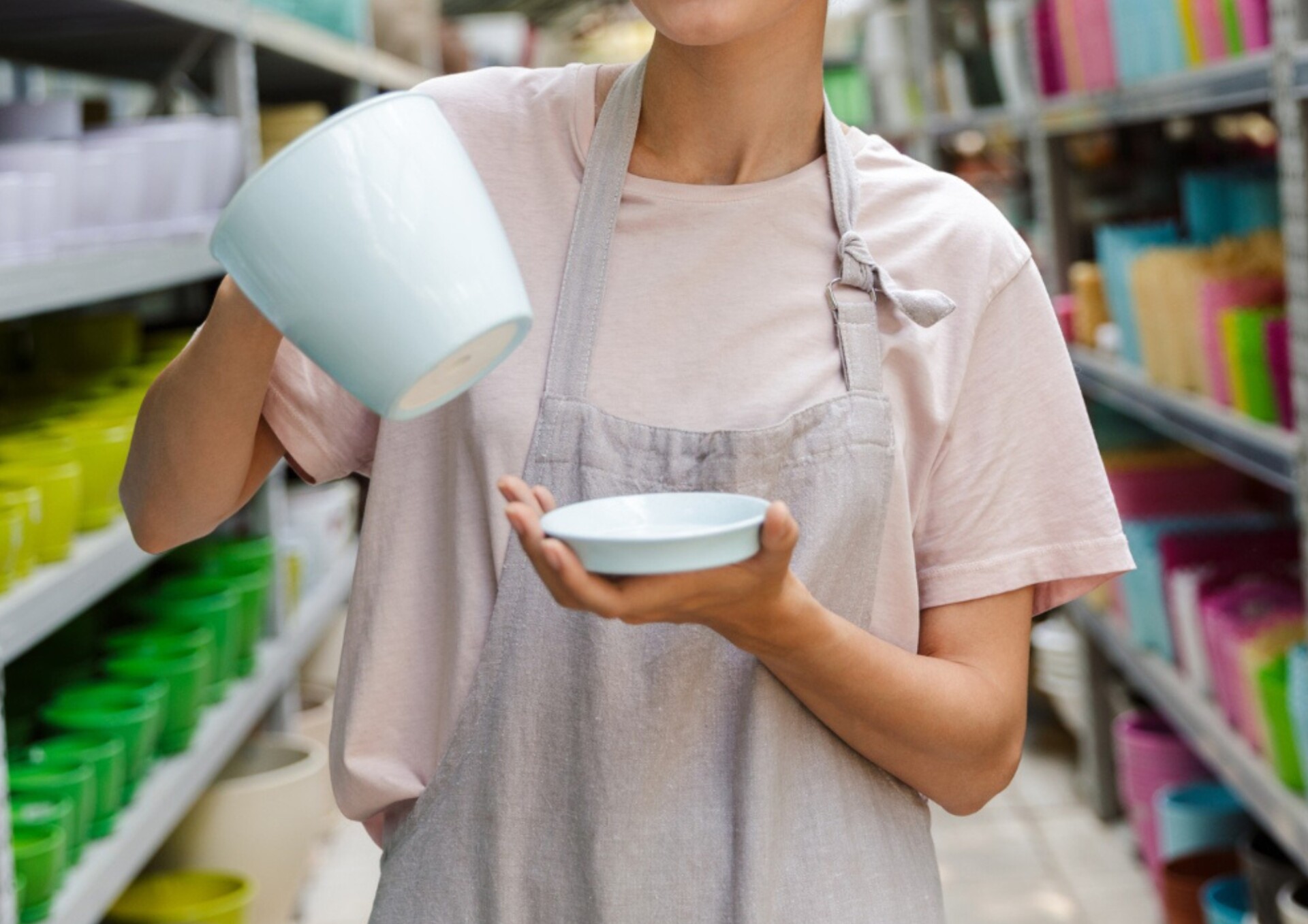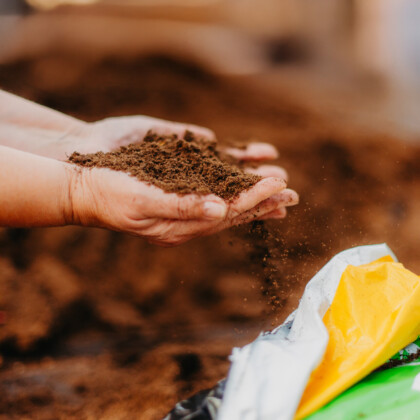

Poor drainage is one of the most common causes of unhealthy plants. The right pot can protect roots, prevent rot, and support healthy growth. This guide explains how to choose drainage-friendly pots based on plant needs, pot types, and materials.
Why Proper Drainage Is Essential
When water can’t escape, roots are at risk of suffocation. Over time, this leads to:
- Root rot;
- Fungal growth;
- Stunted development.
Drainage pots prevent these issues by allowing air to circulate and water to flow freely. The result? Healthier, longer-living plants.
How to Identify a Drainage-Friendly Pot
Look for these features when selecting containers:
- Drainage holes – at least one at the bottom;
- Raised design or feet – to avoid water stagnation underneath;
- Breathable materials – like terra cotta or unglazed ceramics;
- A compatible saucer – protects surfaces while allowing drainage.
💡 Tip: Avoid decorative pots without holes unless used as a cachepot with a draining inner pot.
Best Pots by Plant Type
Different plants need different drainage strategies:
– Succulents & Cacti
- Prefer shallow, porous terra cotta pots;
- Wide base helps dry soil faster.
– Herbs & Houseplants
- Choose plastic or ceramic with large drainage holes;
- Consider self-watering systems with inner drainage pots.
– Orchids
- Need aerated plastic pots with slits;
- Clear pots help monitor root and moisture levels.
– Outdoor Plants
- Use pots with gravel layers or raised bottoms;
- Select frost-proof materials in cold climates.
Pot Materials That Support Drainage
Let’s compare common options by different pot materials:
Terra Cotta
Terra Cotta
Terracotta is a porous, clay-based ceramic that remains non-waterproof because it isn’t fully vitrified during firing.
Drainage Performance: High – porous and breathable.
Best For: Succulents, cacti.
Plastic
Plastic
Plastic pots are lightweight, durable, and help retain moisture, making them ideal for indoor plants that prefer consistent watering. However, they offer less breathability compared to clay or fabric options.
Drainage Performance: Medium – retains moisture.
Best For: Indoor plants needing humidity.
Fabric Grow Bags
Fabric Grow Bags
Fabric grow bags provide superior aeration and drainage, promoting healthy root development and preventing overwatering. They’re especially popular for growing vegetables, herbs, and plants in warm climates.
Drainage Performance: Excellent aeration and flow.
Best For: Vegetables, herbs, root crops.
Ceramic (glazed)
Ceramic (glazed)
Glazed ceramic pots are attractive and available in various styles, but the glaze makes them less breathable. To ensure healthy roots, always choose glazed pots with drainage holes.
Drainage Performance: Low unless holes are present.
Best For: Decorative houseplants.
How Pot Size Affects Drainage
The size of a pot plays a big role in how well it drains and retains moisture. Choosing the right size is just as important as selecting the right material.
- Too large: A pot that’s too big for the plant may retain excess water, leading to soggy soil and root rot. Water takes longer to evaporate in oversized pots.
- Too small: Small pots dry out quickly and may restrict root growth, increasing watering frequency and stress for the plant.
- Just right: The ideal pot should be slightly larger than the root ball, allowing room for growth and proper airflow around the roots.
To choose the right size, measure your plant’s root ball and pick a pot 2–5 cm (1–2 inches) wider in diameter. For fast-growing plants or those that will be repotted soon, slightly larger pots may be acceptable — but always ensure they drain well.
As indicated in one of the Jay Scotts’ articles “There is evidence that doubling a pot size can encourage up to 40% increase in growth in some plants”. Here you can learn more and study Plant Pot Size Guide they offer for their web page visitors.
💡 Tip: For moisture-sensitive plants like succulents, smaller pots with fast-drying soil offer better drainage. For thirsty plants, a slightly deeper container may be suitable — as long as it has a drainage hole.
Easy Ways to Improve Drainage in Any Pot
Use these methods to increase airflow and prevent root rot:
- Add clay pebbles or gravel to the base
- Use substrate mixes with good aeration — such as ETEPEK’s peat-based mixes for containers
- Elevate pots on stands or trays with grooves
- Empty saucers after each watering
For tips on choosing the right peat fraction size, see our peat moss screening guide.
Frequently Asked Questions
Do all plant pots need drainage holes?
Yes. Without drainage holes, water collects at the bottom, causing root rot and limiting oxygen. Even decorative pots should be used as cachepots with an inner draining pot.
How can I improve drainage in a decorative pot without holes?
Place a smaller pot with drainage inside the decorative one, or add a thick layer of gravel or clay pebbles at the bottom and water sparingly.
What type of pot is best to prevent root rot?
Breathable containers like terra cotta or fabric grow bags allow water and air to pass through, preventing root rot. Always choose pots with proper drainage holes.
Key Takeaways
- Choose pots with drainage holes, breathable materials, and matching saucers
- Match pot style and material to your plant’s needs and environment
- Terra cotta and grow bags offer excellent drainage, especially for dry-loving plants
- Use gravel, clay pebbles, or breathable substrates like ETEPEK’s peat-based mixes to boost drainage
- Pot size affects drainage: select a pot 2–5 cm wider than the root ball to balance moisture retention and airflow


